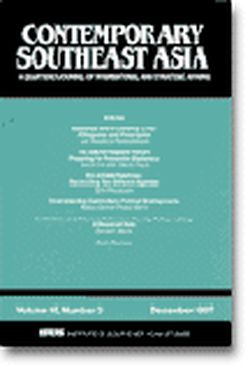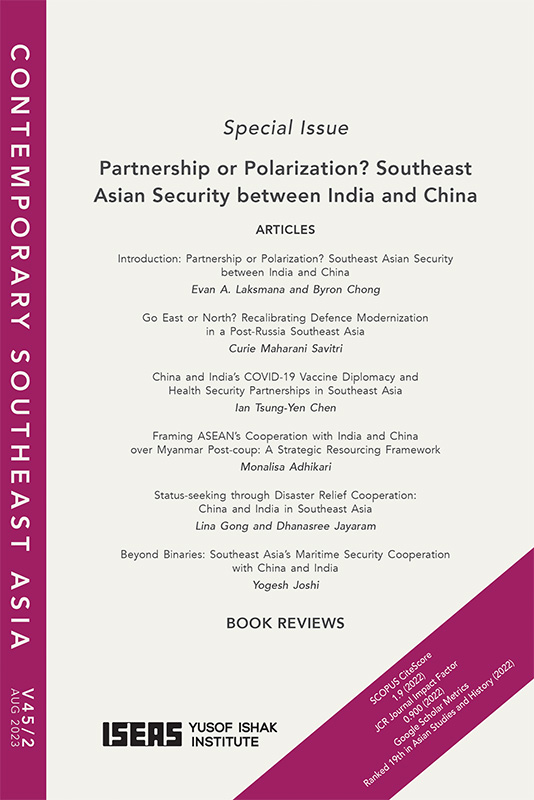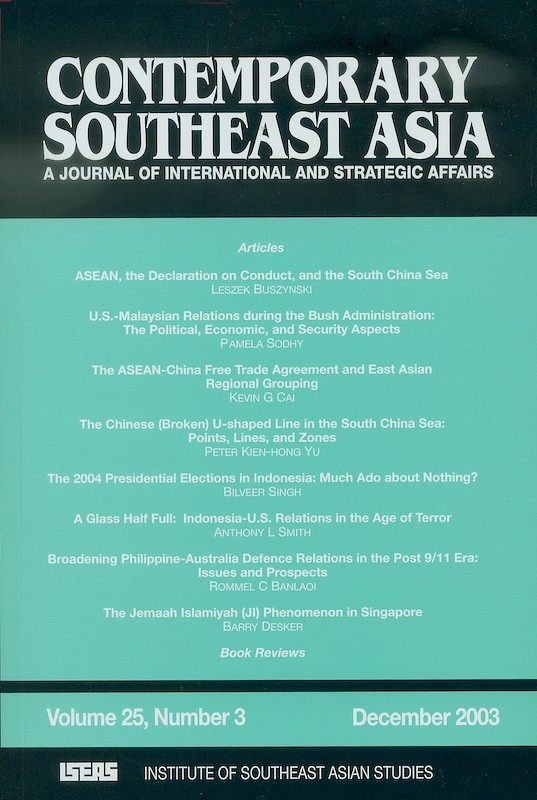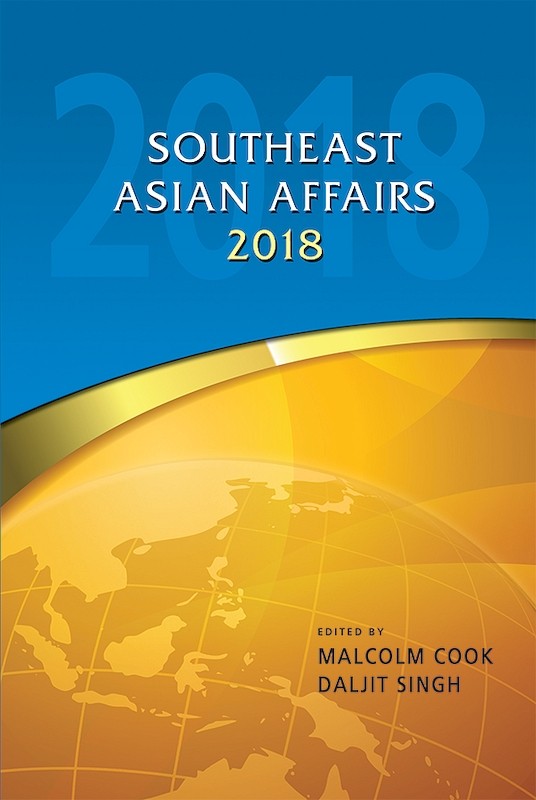Contemporary Southeast Asia: A Journal of International and Strategic Affairs Vol. 19/1 (Jun 1997)
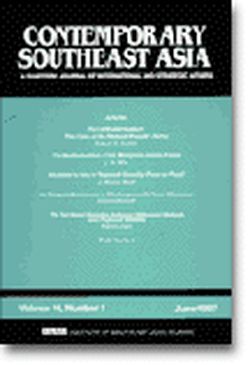
Date of publication:
June 1997
Number of pages:
120
Code:
CS19/1
Contents
-
Preliminary Pages
-
Force Modernization: The Case of the Vietnam People's Army see abstractThe process of force modernization in Vietnam has followed a different path from that of its ASEAN neighbours. Vietnam relid on external assistance during its anti-colonial struggle and in the decades following independence to modernize its military forces along conventional lines. Elsewhere in Southeast Asia the focus was on counter -insurgency. In 1990, when most ASEAN states were embarking on major programmes of force modernization, Vietnam's military stagnated because of the abrupt loss of Soviet aid. It was only in the last half decade that Vietnam has been active in reviving external defence contacts. Vietnam is presently embarked on a modest modernization programme which places priority on refurbishment and upgrading of existing weapons systems and modest naval and air acquisitions, such as Tarantul-class corvettes and Su-27 Flanker fighter aircraft.
-
The Modernization of the Malaysian Armed Forces, by Mak Joon Num, contributor see abstractThis article discusses the development of the Malaysian Armed Forces over the past ten years in the context of a nascent interservice rivalry between the army and the navy. While the navy had a role clearly defined for it in the post-Cold War world, the Malaysian army felt itself sidelined, at least for a little while. The army's problems were also compounded by the end of the communist insurgency, which meant that it was no longer the first line of defence in the Malaysian context. This role was taken over by the navy with the Malaysian emphasis in the early 1990s on maritime defence and surveillance. The army, however, reacted vigorously by adopting a more conventional stance, with the emphasis on rapid deployment and peacekeeping. This incipient rivalry between the services, it is argued, will ensure that the army will increasingly emphasize the importance of a conventional and mechanized role for itself to remain relevant in the post-Cold War world.
-
Myanmar's Role in Regional Security: Pawn or Pivot?, by J Mohan Malik, contributor see abstractMyanmar's potential wealth, as well as its natural and human resources and geostrategic location between South Asia and Southeast Asia, suggest that it has the potential to be a major Southeast Asian player. This article seeks to answer some key questions. Does Myanmar have what it takes to be a regional player? More Importantly, will it be allowed to do so by its powerful northern neighbour, China, the next superpower? ASEAN, Japan and India are now giving high Priority to improving security, diplomatic, and economic relations with Myanmar in order to minimize the growing power and influence of China in that country. However, this article argues that the present and future Myanmar leaders would find it very difficult to withdraw completely from China's sphere of influence. Nor would the Chinese Government allow them to do so because Myanmar has assumed an important place in China's grand strategy for the twenty-first century.
-
At Thirty, ASEAN Looks to Challenges in the New Millennium, by Hussin Mutalib, contributor see abstractASEAN celebrates its thirtieth anniversary this year amidst a rapidly changing world. Looking back at its three decades of existence, the regional grouping has not only proven its critics wrong, but has achieved what many other regional initiatives have failed in the areas of politics, economics and security. ASEAN's success story becomes even more remarkable and significant given its sheer diversity and heterogeneity. Looking ahead to the new millennium, ASEAN can expect to be confronted with new challenges, both within the grouping and in its dealings with the international community at large, particularly with the anticipated entry of two former communist Indochinese states and Myanmar into its fold. Far from impeding ASEAN's progress, such impending challenges, creatively managed, can actually offer tremendous opportunities forthis entity to further heighten its numerous collaborative endeavours, as well as buttress its resilience and unity â and hence uphold its relevance in the years ahead.
-
The Territorial Disputes between China and Vietnam and Regional Stability, by Ramses Amer, contributor see abstractThis article deals with the territorial disputes between China and Vietnam and their impact on regional stability. Attention is focused on the developments since normalization of bilateral relatives in November 1991. The evolution of relations has displayed an overall constructive approach to the border disputes with continuous bilateral talks at different levels. However, there have been periods of tension in relations caused by actions, mainly by China, relating to the territorial disputes. The most recent example was the Chinese move to start drilling for oil in March 1997 in an area of the South China Sea claimed by Vietnam. It is argued that such periods of recurring tension have negative implications not only on bilateral relations but also on regional stability. It is therefore important that both sides refrain from actions which might alter the status quo. To achieve that condition, it is suggested that China and Vietnam reach an agreement on a "code of conduct", possibly along the lines of the "code of conduct" agreed by the Philippines and China, and the Philippines and Vietnam, respectively, in 1995.
- BOOK REVIEWS
-
BOOK REVIEW: The Armed Forces of Indonesia, By Robert Lowry, by John B Haseman, contributor

